The Evolution of Design and Interiors
Interior design is in constant evolution, shaped by societal trends, technology, and changing lifestyles. For architects, interior designers, and furniture makers, understanding the most in-demand styles is not just about aesthetics—it’s a way to connect better with clients and provide creative, functional solutions that meet their expectations.
In this guide, we explore the interior design styles set to define 2025. Each one opens the door to new creative possibilities and will be developed further in individual blog posts as part of a content cluster strategy.
Scandinavian Style
Warm minimalism, functionality, and connection with nature.
Scandinavian design continues to be a favorite for its clean and cozy aesthetic. Expect light tones, natural wood, simple lines, and maximum use of natural light.
Professional application: Ideal for small urban homes, renovations, and residential interiors that seek a balance between warmth and utility.
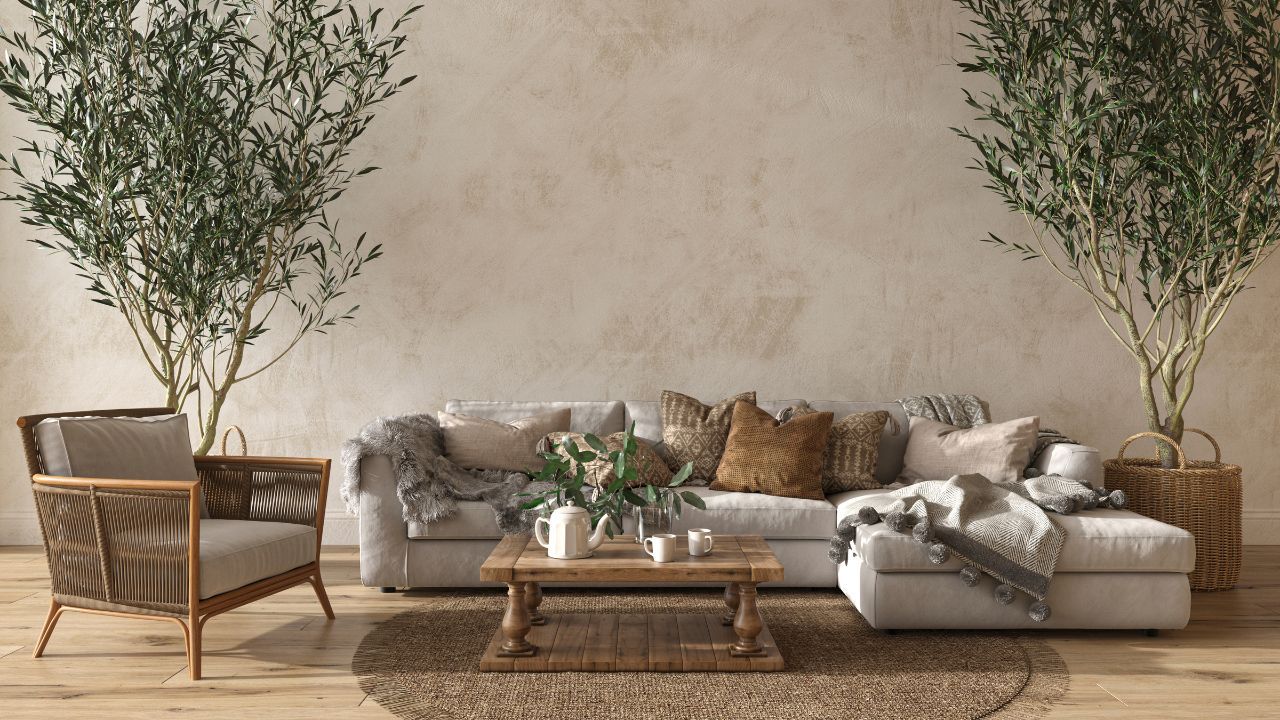
Japandi Style
A blend of Scandinavian and Japanese design.
Zen simplicity, noble materials, neutral tones, and visual harmony. Japandi embraces understated elegance and purposeful living.
Professional application: Perfect for high-end projects where wellness and refined aesthetics go hand in hand. Every item has meaning—no visual noise.

Industrial Style
Inspired by old factories and New York lofts.
Exposed brick, iron, concrete, visible beams, and metal structures bring a raw character.
Professional application: Ideal for custom furniture designers and architects involved in urban renovation projects.
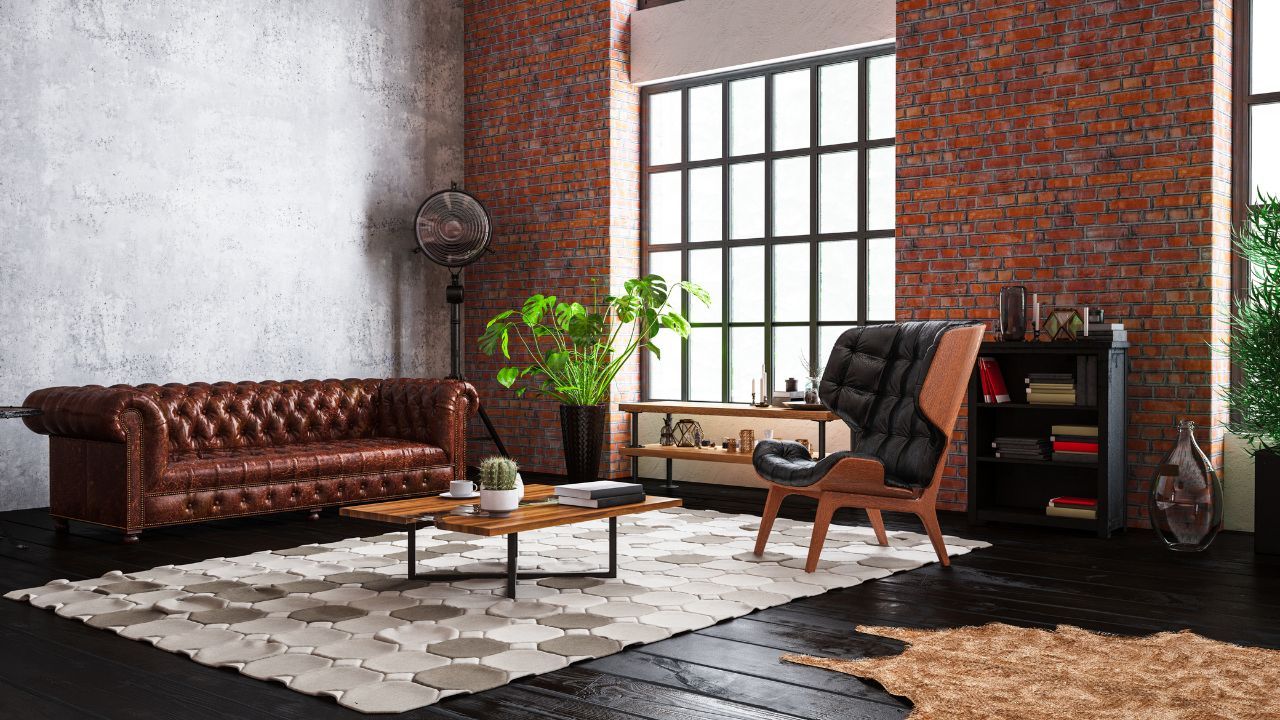
Modern Mediterranean Style
Whitewashed walls, soft curves, stone, rustic wood, natural fabrics, and seamless outdoor integration.
The style has evolved into a more contemporary look while preserving its essence.
Professional application: Holiday homes, coastal renovations, and projects where nature and architecture are intertwined.
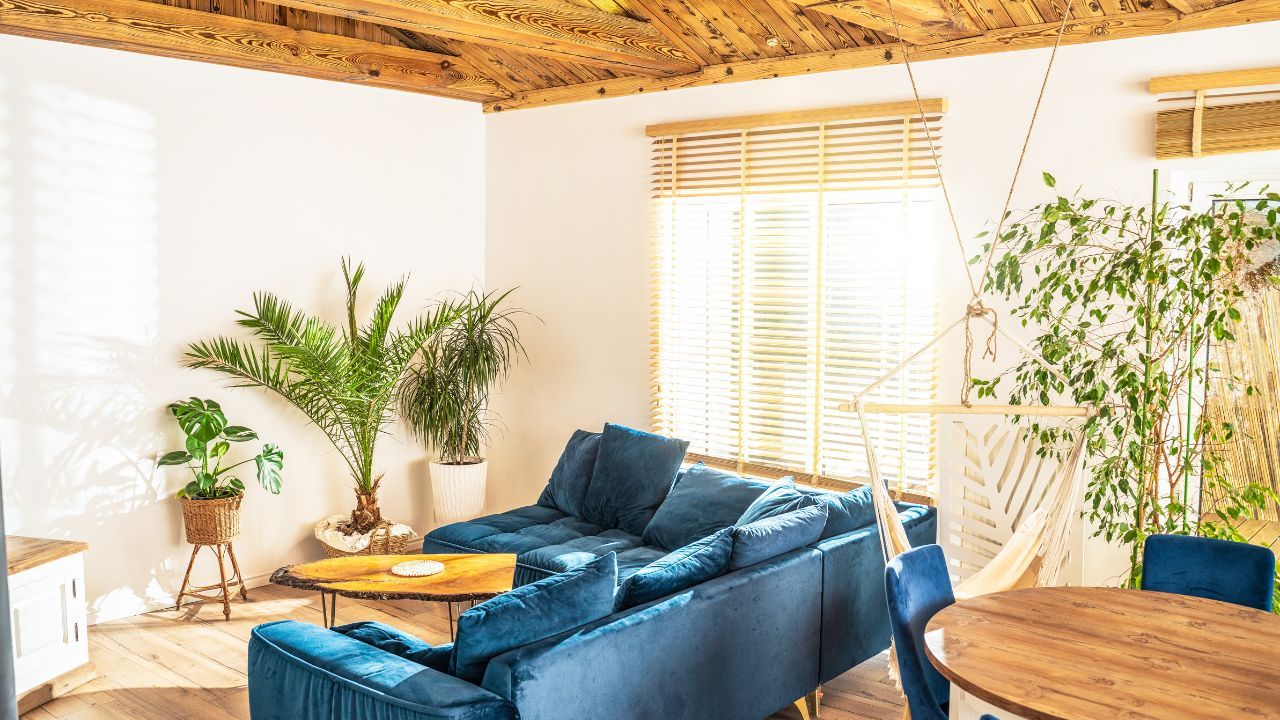
Mid-Century Modern Style
Clean geometric forms, vibrant colors, iconic furniture, and materials like teak or walnut.
Rooted in the 1950s–60s aesthetic, reinterpreted with today’s sensibilities.
Professional application: Distinctive interiors, commercial spaces, and brand storytelling for modern-retro businesses.
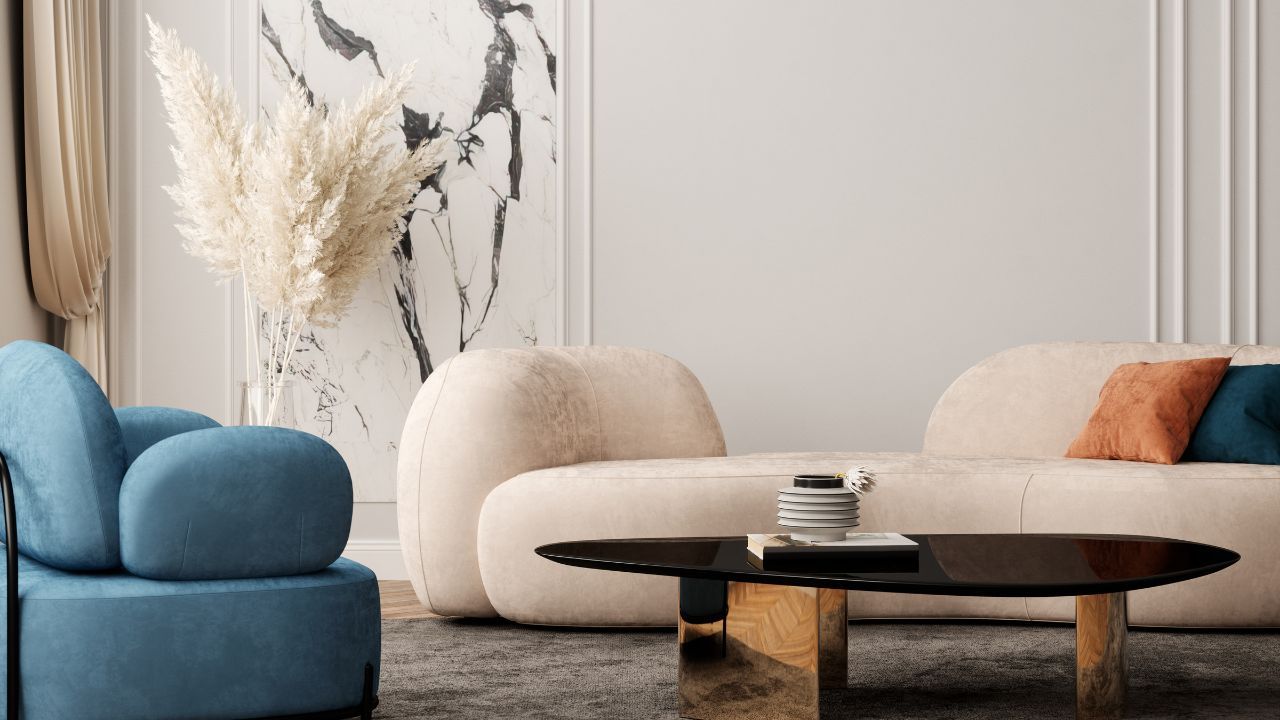
Contemporary Style
Not a single style, but a reflection of current trends.
Clean lines, integrated technology, neutral palettes with bold accents, and premium materials like marble, glass, and wood.
Professional application: Great for design studios that need flexibility and adaptability for diverse client needs.
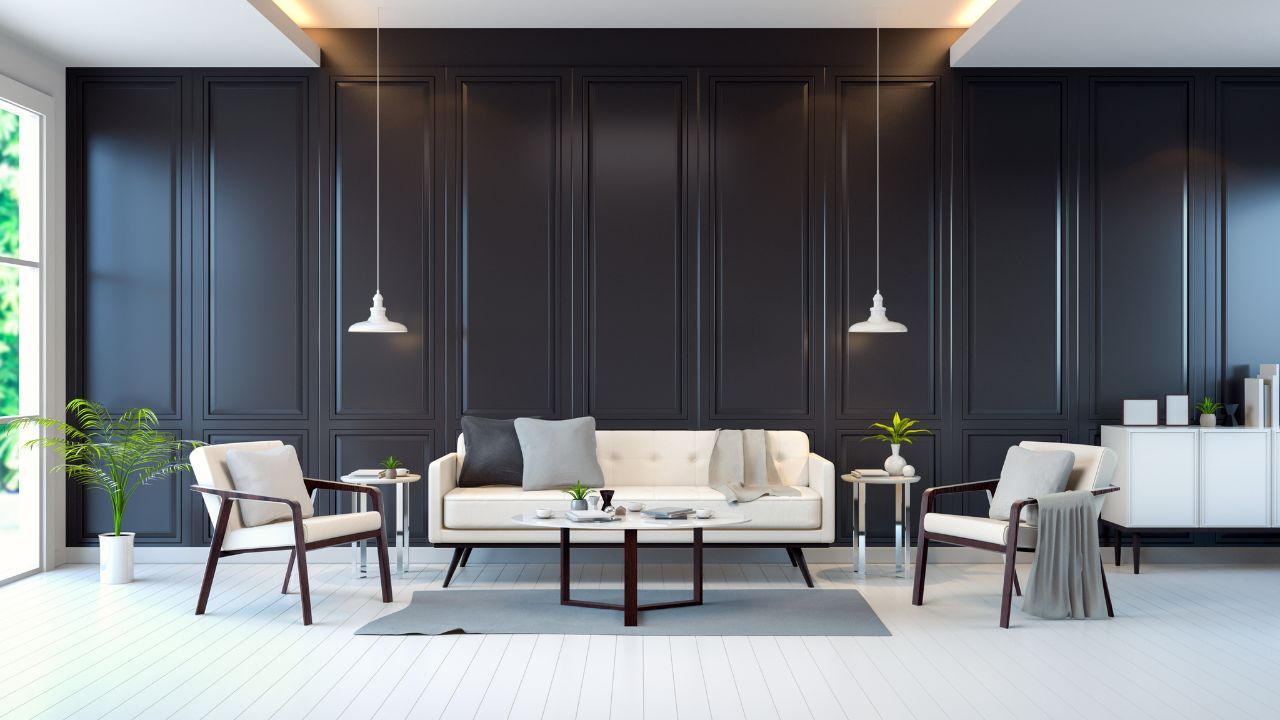
Boho Chic Style
Eclectic freedom, layered textures, greenery, ethnic textiles, and artisanal decor.
The bohemian look is refreshed with a more polished and curated feel.
Professional application: Emotionally rich environments, boutique retail, coworking spaces, and experiential design projects.
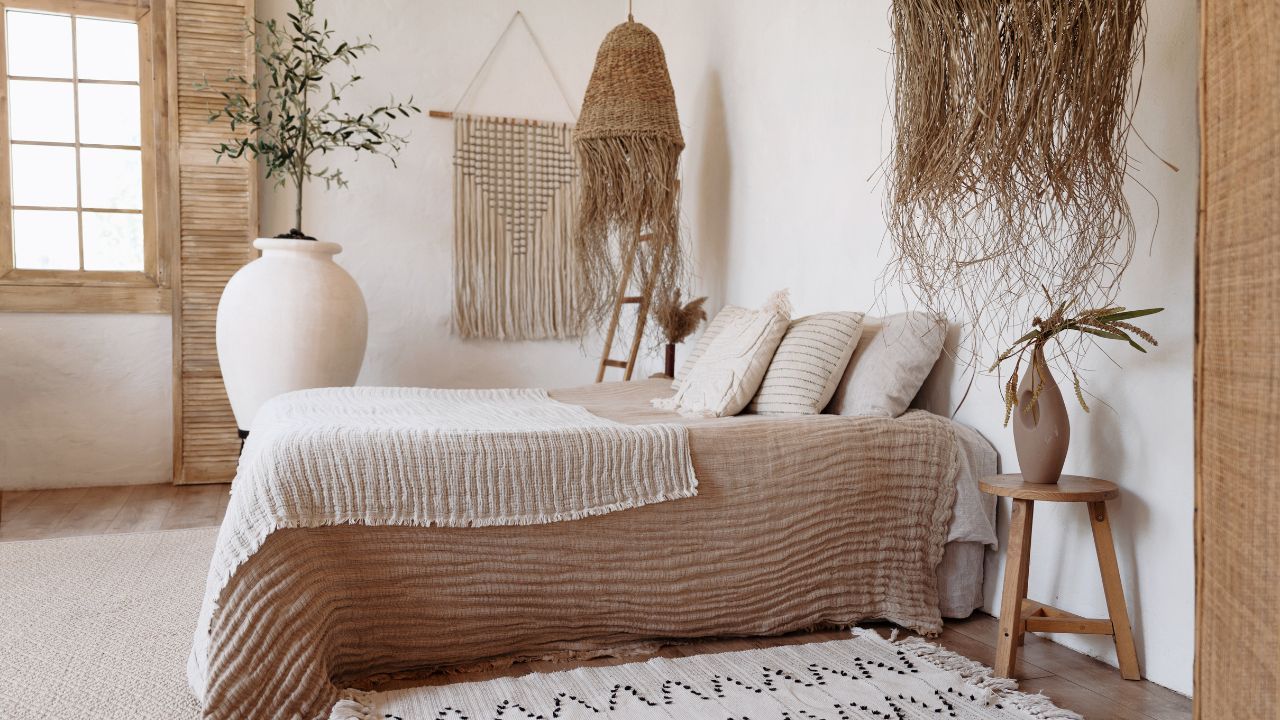
Luxury Minimalist interior design
Less is more.
Clean lines, monochromatic palettes, luxurious materials (marble, brass, natural stone), and a focus on purity over decoration. This style is gaining ground in the luxury segment.
Professional application: Premium residences, minimalist lofts executive offices, designer showrooms, and upscale brand environments.
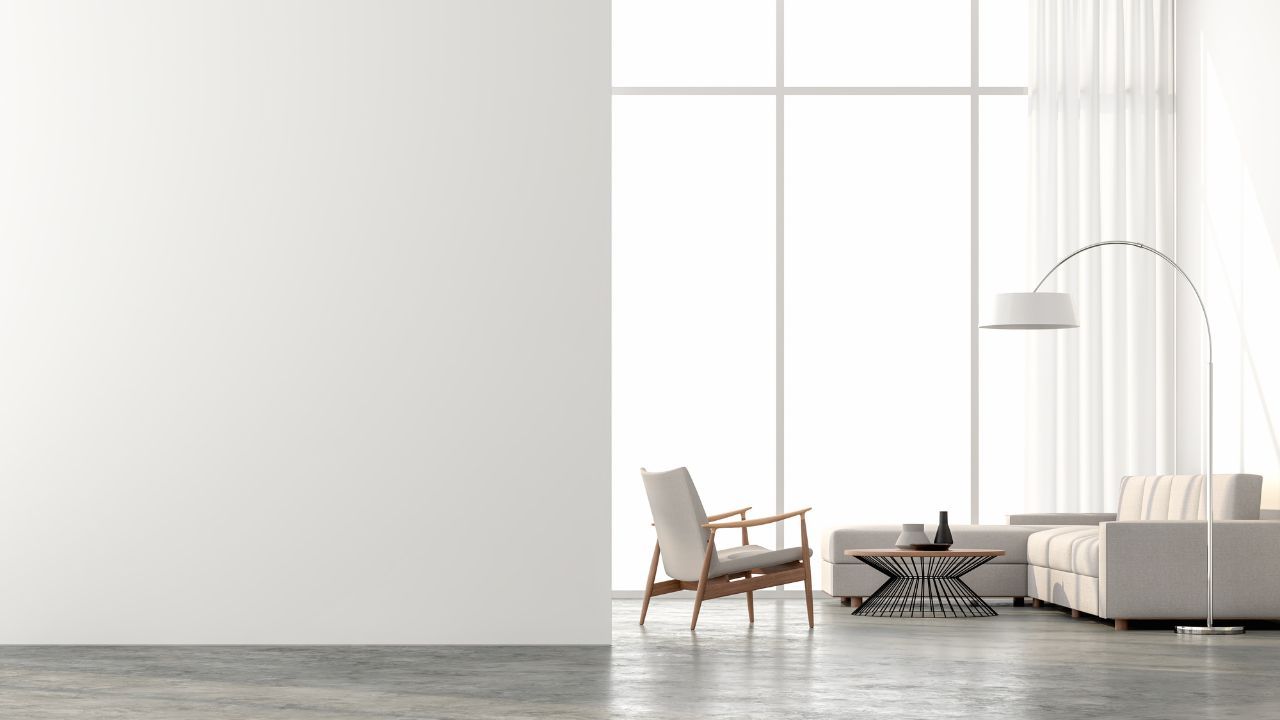
Modern Rustic Style
A combination of nature and contemporary design.
Exposed wood beams, stone, and chunky textiles meet refined aesthetics. A warm, emotive style.
Professional application: Rural home renovations, boutique hotels, and heritage properties that want to modernize without losing their soul.

Organic / Biophilic Design
More than a style—it’s a philosophy.
Bringing nature indoors through plants, natural materials, organic shapes, and sensory connection with the environment. Known to boost wellness and reduce stress.
Professional application: Healthcare centers, modern workspaces, wellness-focused homes, and sustainable architecture projects.
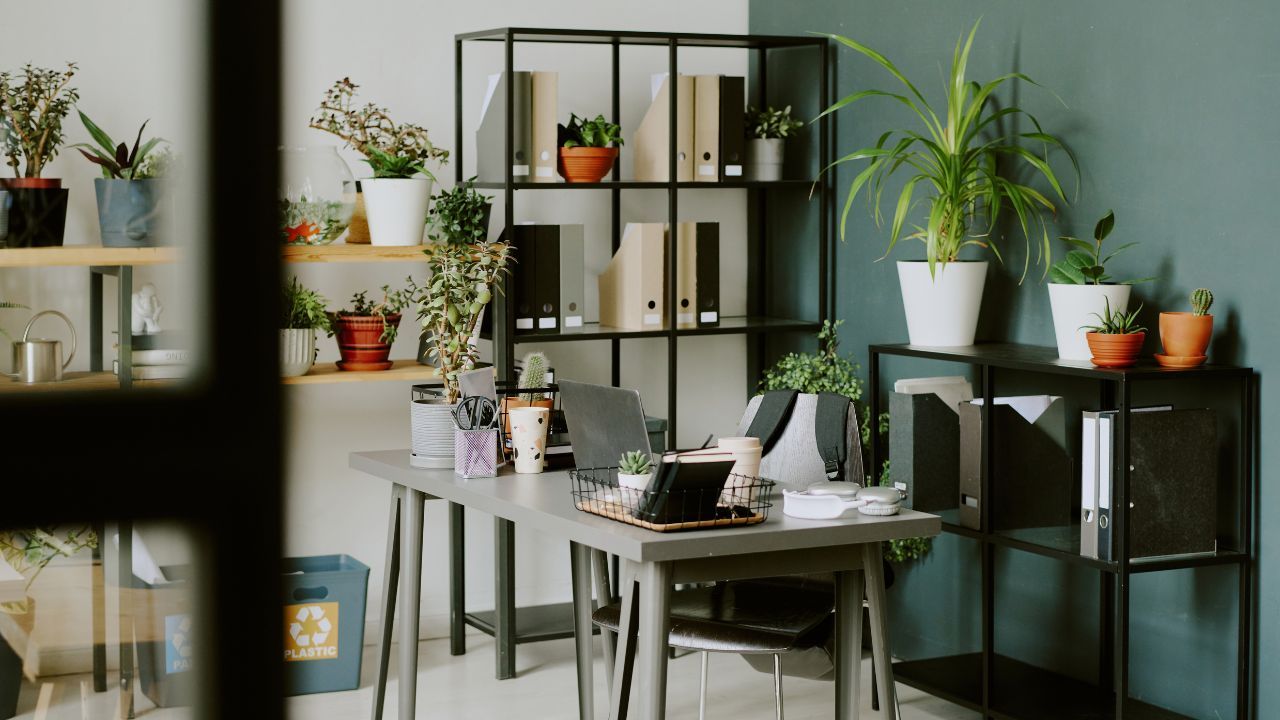
Our Professional Insight
Every interior design style is more than an aesthetic choice—it’s a way to live, feel, and interact with space. In 2025, the key is blending trend awareness with user-centric functionality to create unique, efficient, and emotionally compelling environments.
With a powerful and versatile software like Teowin, professionals can adapt each style to meet technical requirements—from concept to rendering and production.

